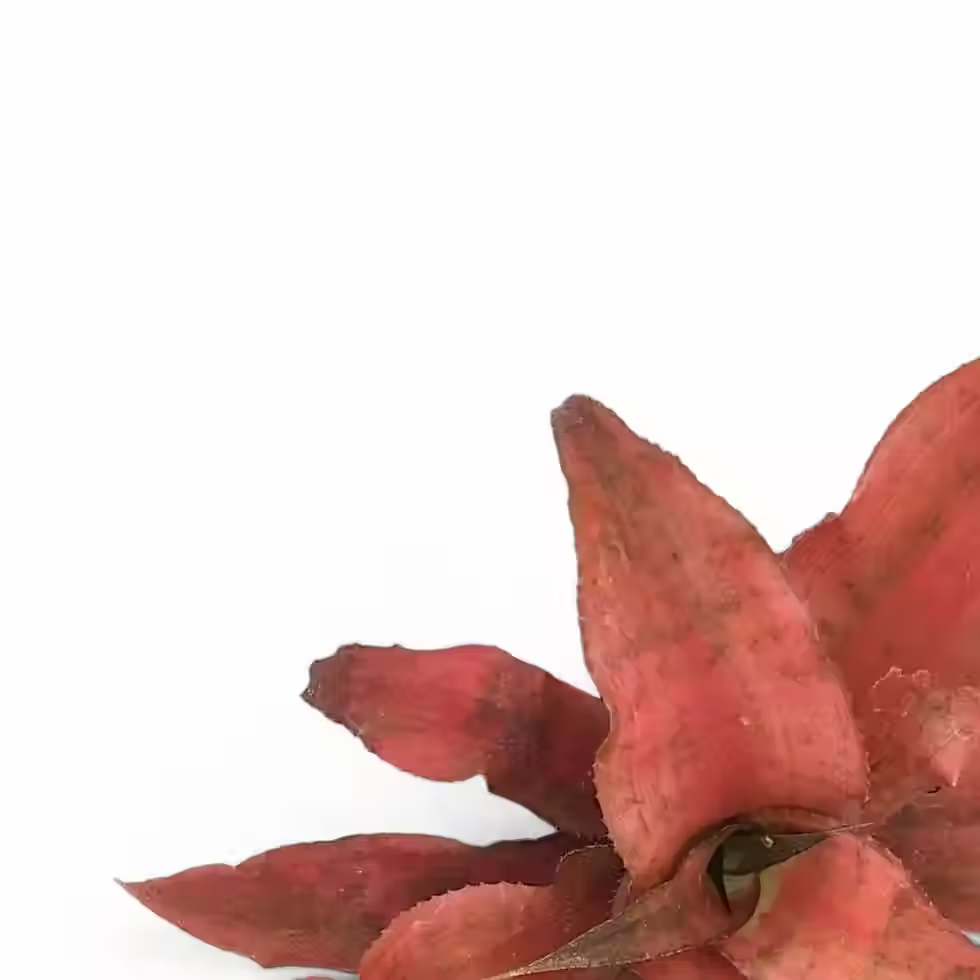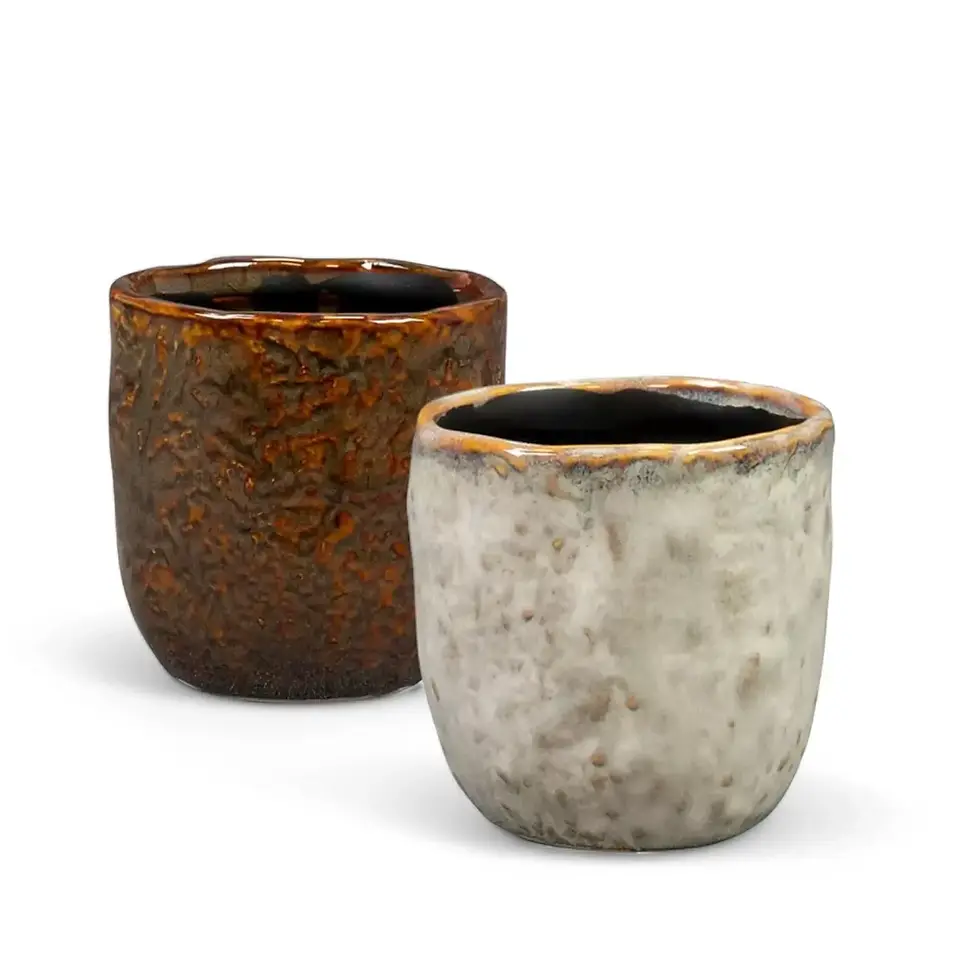Philodendron eximium - Information and Plant Care
Philodendron eximium Schott, a striking hemi-epiphytic vine from Brazil, is known for its unique appearance and easy-going care requirements. This plant showcases stunning, broad, ovate leaves with a distinct contrast between the upper and lower surfaces. The upper surface is a rich green, while the lower side is paler, adding an extra layer of visual interest. Its leaves, with an acute to acuminate apex and a cordate base, have a semi-leathery texture, making this Philodendron an appealing option for anyone seeking a bold yet elegant addition to their indoor collection.
Features of Philodendron eximium
- Origin: Brazil, a native hemi-epiphytic vine that clings to trees for support.
- Leaf Shape: Ovate to broadly ovate, providing a lush and full appearance.
- Apex: Acute to acuminate, contributing to the plant’s sleek, pointed leaf tips.
- Leaf Texture: Sub-coriaceous (semi-leathery), enhancing durability and longevity.
- Color: Rich green on the upper surface, with a noticeably paler shade underneath, creating a subtle but beautiful contrast.
- Base: Cordate, giving the leaves a heart-shaped base that adds a touch of softness to its bold form.
Philodendron eximium - Plant Care
- Light: Thrives in bright, indirect light but can tolerate lower light conditions. Avoid direct sunlight to prevent leaf burn.
- Watering: Water thoroughly once the top 2-3 cm of soil have dried out. Ensure the pot has good drainage to prevent root rot.
- Humidity: Prefers moderate to high humidity, though it can adapt to average indoor humidity levels.
- Soil: Use a well-draining mix rich in organic matter to support growth.
- Fertilization: Feed monthly with a balanced liquid fertilizer, avoiding any seasonal differentiation.
- Pruning: Regularly trim dead or yellowing leaves to maintain its aesthetic appeal.
- Support: As a vine, provide a moss pole or similar support to encourage upward growth and mimic its natural climbing habit.
Philodendron eximium - Common Issues and Solutions
- Root Rot: Caused by overwatering or poor drainage. Solution: Allow the soil to dry between waterings and ensure proper drainage.
- Pests: Look out for common pests like spider mites or scale. Solution: Use insecticidal soap , neem oil, or use beneficial insects to manage infestations.
- Leaf Browning: Often due to direct sunlight or low humidity. Solution: Move the plant to a shaded area and increase humidity by grouping plants together.
Additional Notes for Philodendron eximium
To provide the best care for Philodendron eximium, understanding its native habitat is key. As this plant originates from the tropical forests of Brazil, it thrives in warm, humid conditions. Mimicking these conditions at home will allow your plant to flourish. Consider placing it in a well-lit room with moderate humidity and providing it with a climbing support to replicate its natural growth habits.
Etymology
The name Philodendron comes from the Modern Latin genus name, first coined by Heinrich Schott in 1830. It derives from the Greek words philo- meaning "loving" and dendron, meaning "tree." The name reflects the plant’s natural tendency to cling to trees for support in its native habitat.
Philodendron eximium
Philodendron eximum comes in 12 cm pot and is approximately 25 cm tall

























































